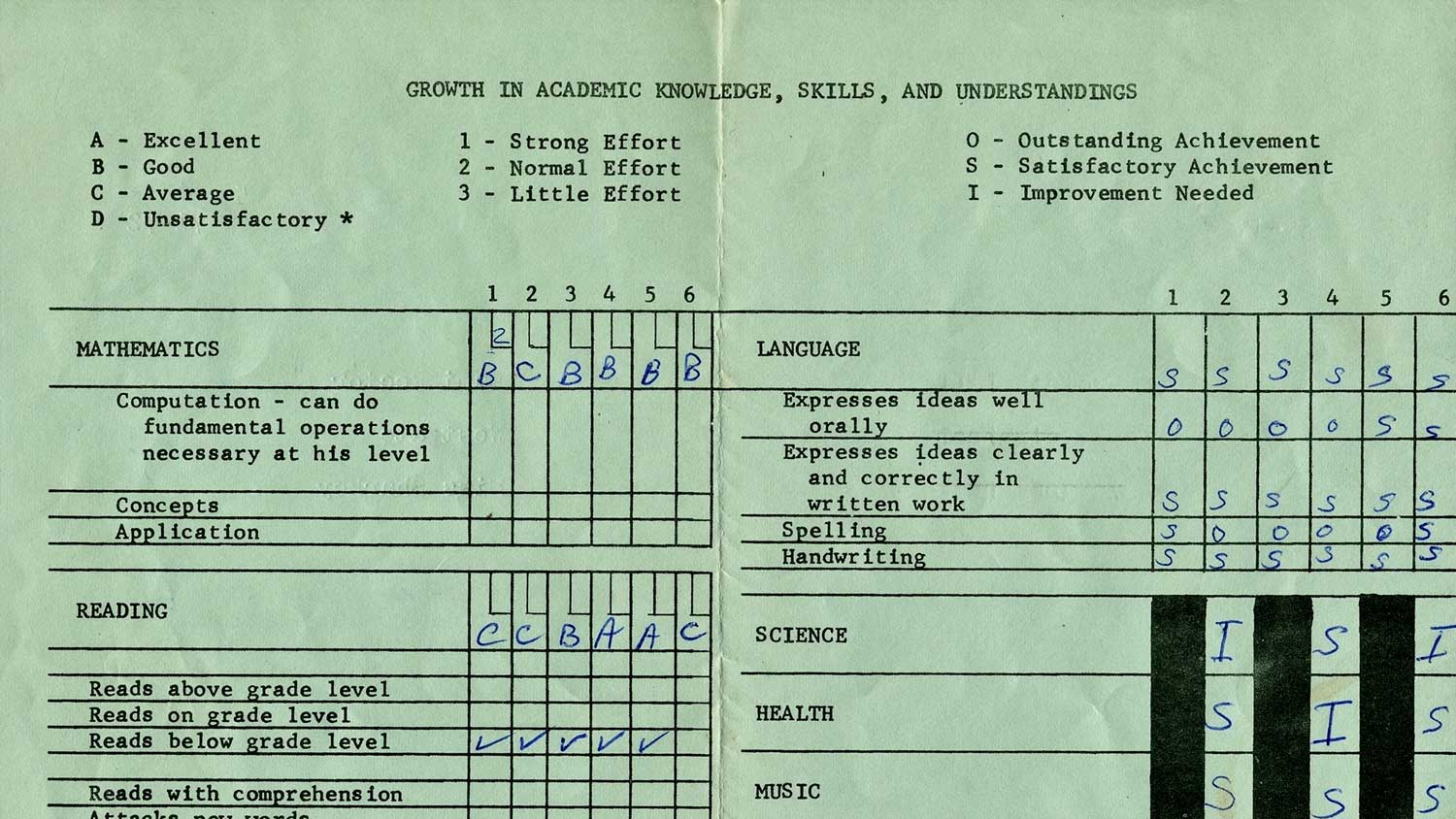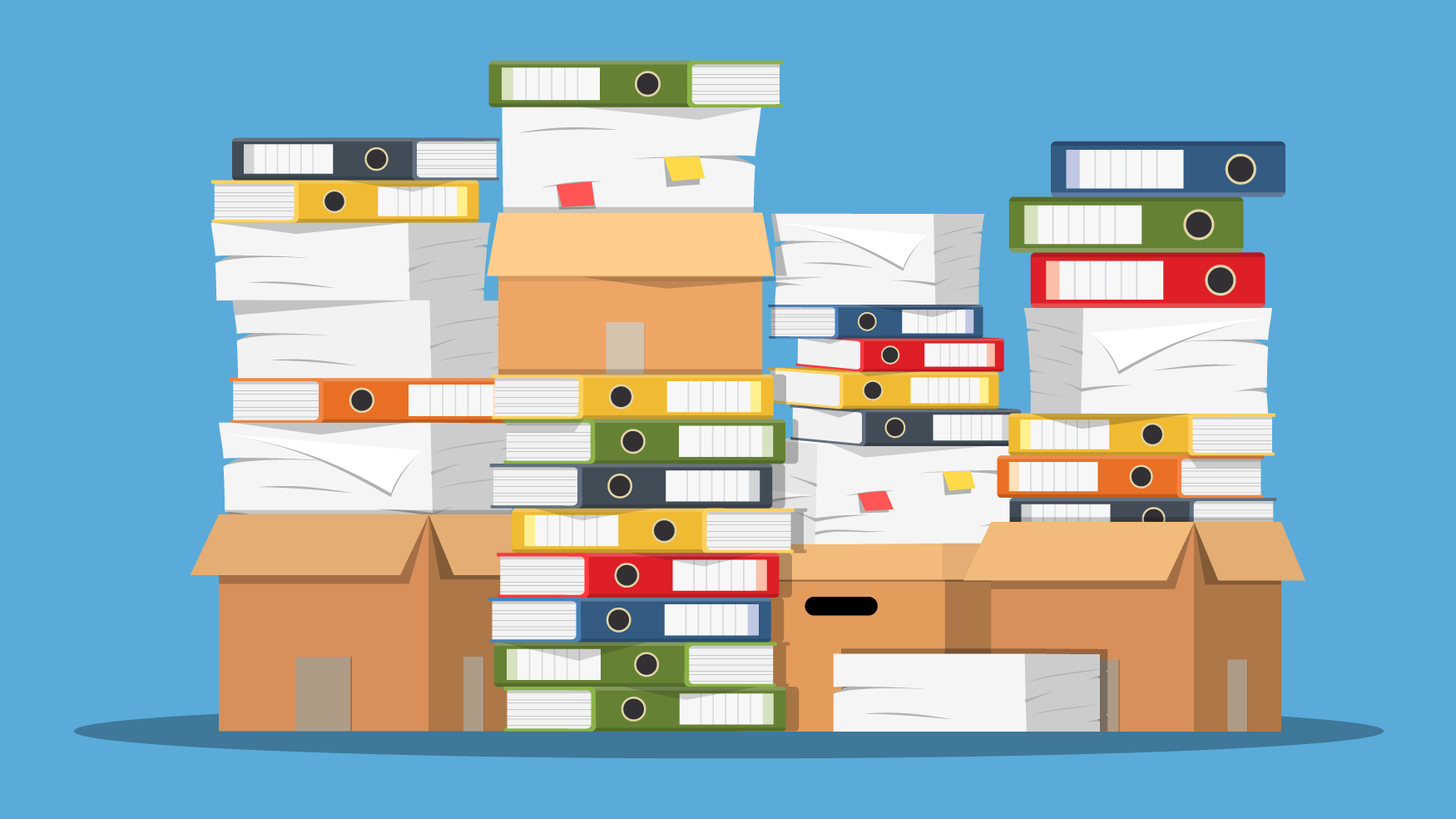The Art of Document Scanning: Techniques for Superior Results
Table of contents
Document scanning is not just a mechanical process; it's an art form that requires precision and expertise to achieve superior results. In this comprehensive guide, we will share expert tips and techniques for mastering the art of document scanning. Whether you're digitizing important business records or personal documents, these techniques will help you ensure clarity, accuracy, and optimal file management. Discover the secrets to achieving high-quality document scanning results and unlock the full potential of this indispensable tool.
Document Scanning Techniques: An Introduction
Before we dive into the techniques, let's understand why document scanning matters. In today's digital age, the ability to convert paper documents into digital formats is essential for businesses and individuals alike. Document scanning not only saves physical space but also enables easy access, sharing, and archiving of information.
Document Scanning Techniques go beyond simply running a scanner over a page. They involve a series of best practices, adjustments, and considerations to ensure the resulting digital files meet high standards of quality and usability.
Optimal Scanner Settings
The first step in achieving superior document scanning results is configuring your scanner's settings. Pay attention to the following:
-
Resolution: For standard text documents, a resolution of 300 DPI (dots per inch) is usually sufficient. Higher resolutions may be necessary for images and fine details.
-
Color Mode: Choose grayscale for most text documents, and color for materials with images or color-coding.
-
File Format: PDF is the preferred format for scanned documents due to its universality and compression capabilities.
Proper Document Preparation
Before scanning, ensure that your documents are properly prepared:
-
Remove Staples and Paper Clips: These can damage the scanner and affect the quality of scanned pages.
-
Straighten and Align Pages: Ensure that pages are aligned correctly to avoid skewed scans.
-
Clean the Scanner Glass: Dust and smudges can result in blemishes on scanned images.
Use a Document Feeder
If you have a large volume of documents to scan, consider using a document feeder. It saves time and ensures consistent paper feeding, reducing the risk of jams and errors.
OCR for Text Recognition
Optical Character Recognition (OCR) is a vital technique for converting scanned text into editable and searchable content. Invest in OCR software to make your documents more versatile and easily searchable.
File Organization and Naming Conventions
Establish a logical system for naming and organizing your scanned files. This makes it easier to find specific documents later. Include relevant details such as date, document type, and keywords in the file names.
Connect with the Experts
While mastering these document scanning techniques can lead to superior results, it's important to recognize that not everyone has the time or resources to become an expert in this field. That's where DocCapture comes in. We connect you with professional document scanning services that specialize in achieving the highest quality scans for your business documents.
Get Started Today!
Don't settle for mediocre document scans. By implementing these techniques and partnering with professional scanning services through DocCapture, you can ensure that your documents are scanned with precision, resulting in superior clarity, accuracy, and optimal file management. Fill out our "get a quote" form.
Conclusion
The art of document scanning requires a blend of technical knowledge and attention to detail. By following these techniques, you can elevate your document scanning game and enjoy the benefits of efficient digital document management. Whether you're a business looking to streamline operations or an individual digitizing personal records, the art of document scanning will serve you well.
Share this
You May Also Like
These Related Stories

Best Practices for Scanning Student Records in K-12 Schools

Best Practices for Scanning and Storing Historical Documents

